The Complete Guide To Creating The Perfect Betta Fish Tank
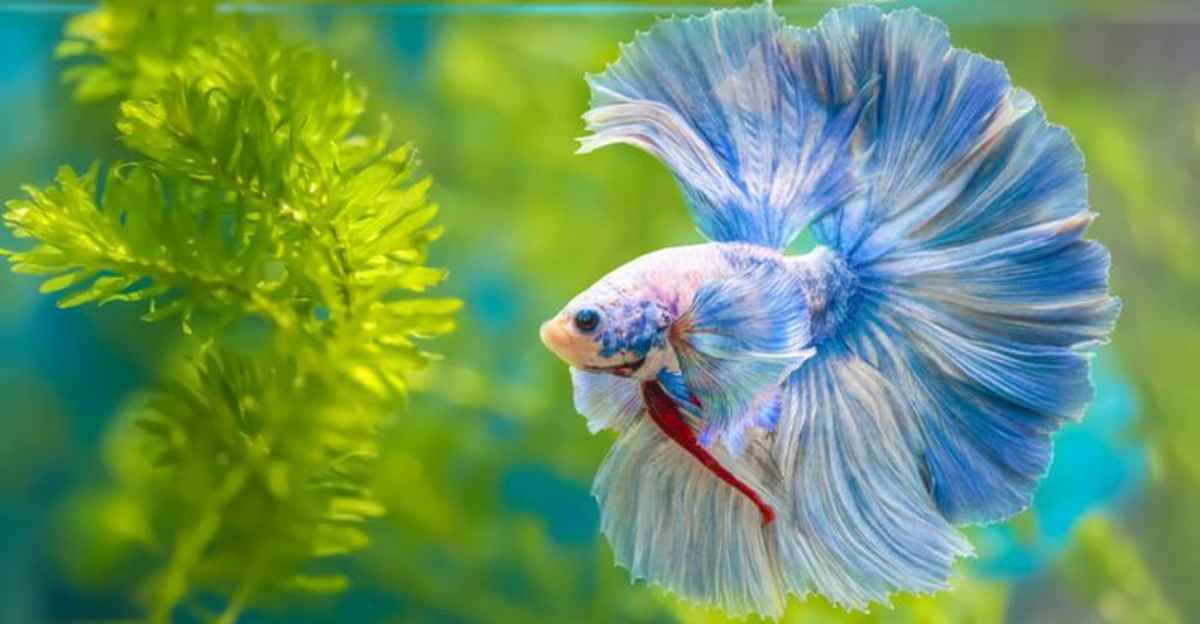
Betta fish, with their flowing fins and vibrant colors, deserve a home that showcases their beauty while keeping them healthy.
Many new fish owners don’t realize these tropical treasures need more than just a small bowl to thrive. Creating the perfect betta tank isn’t complicated once you know the essentials.
Here’s everything you need to transform a simple aquarium into a betta paradise that will keep your finned friend happy for years to come.
1. Tank Size Matters
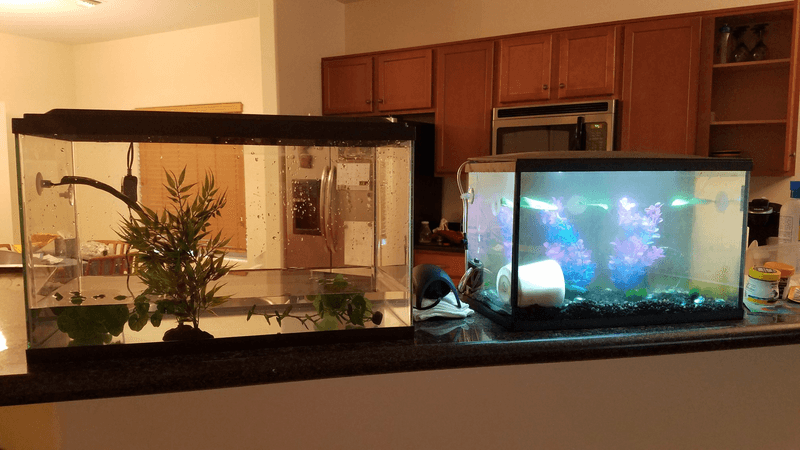
Forget those tiny bowls you see in pet stores! Your betta needs room to swim and explore. A minimum 5-gallon tank gives your fish enough space to exercise and reduces harmful waste buildup.
Larger tanks also maintain more stable water conditions since temperature and chemical levels don’t fluctuate as quickly. Your betta will show more natural behaviors in a proper-sized home – you might even see them build bubble nests!
Think of it this way: would you want to live your entire life in a closet? Neither does your betta. The extra space is worth every penny for your fish’s health and happiness.
2. Filtration Without Stress
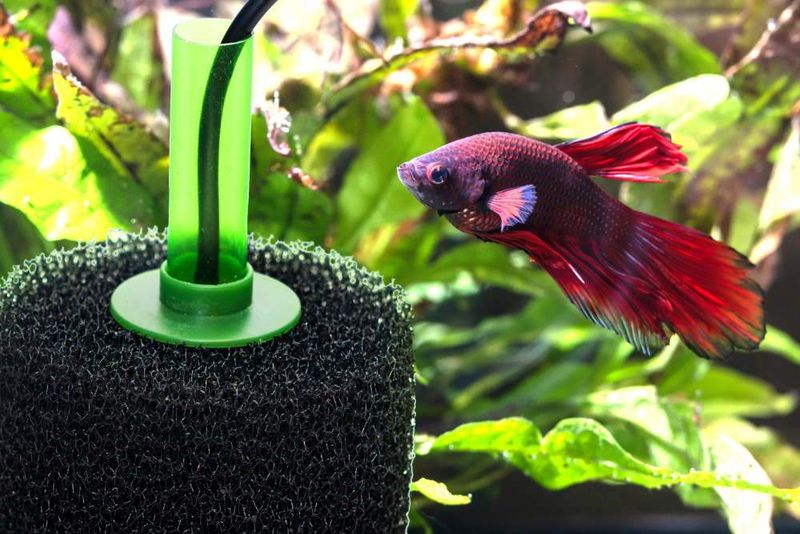
Bettas need clean water but hate strong currents. Look for low-flow filters or baffle a stronger one using simple tricks like attaching a water bottle or sponge to diffuse the output.
Sponge filters work wonderfully for bettas since they provide gentle filtration while adding beneficial bacteria to your tank. The bubbling action keeps water moving without creating a whirlpool effect that exhausts your fish.
Remember to rinse filter media in old tank water during changes – never under the tap! Tap water kills the good bacteria that process harmful waste. Your filter should whisper, not roar.
3. Steady Temperature Control
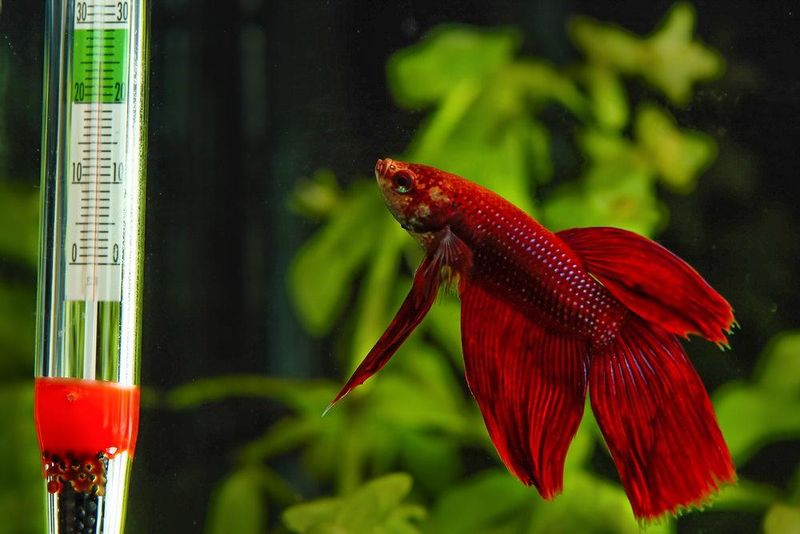
Coming from tropical waters, bettas need consistent warmth between 76-80°F. Room temperature usually isn’t warm enough! A reliable heater with a thermostat is absolutely essential.
Cold bettas become sluggish, stop eating, and develop weakened immune systems. Fluctuating temperatures stress them even more than steady cool water. Always choose a heater rated for your tank size.
Place a thermometer on the opposite side of the tank from the heater to monitor the overall temperature. Digital thermometers offer the most accurate readings, but even simple stick-on types work better than guessing. Warm, stable water makes for a happy, active betta.
4. Plant Paradise
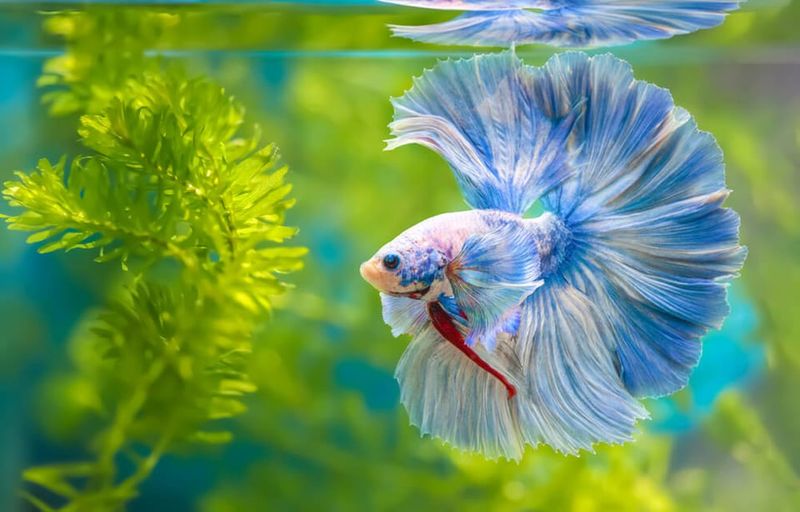
Live plants transform your betta tank into a natural wonderland. Anubias, java fern, and marimo moss balls require almost no maintenance yet provide resting spots and hiding places your betta will love.
Plants absorb harmful nitrates, oxygenate the water, and make your fish feel secure. Bettas adore resting on broad leaves near the surface – it mimics their natural habitat in rice paddies and slow-moving streams.
Can’t manage live plants? Silk alternatives work well too. Just avoid plastic plants with sharp edges that can tear delicate betta fins. Your fish will thank you with brighter colors and more active swimming when they feel at home among the greenery.
5. Hiding Spots For Security
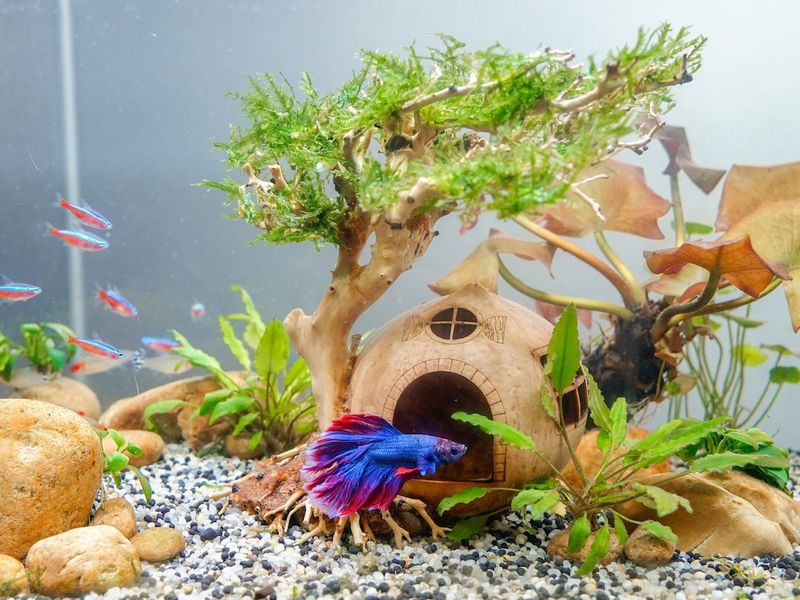
Bettas feel vulnerable in open spaces. Natural caves, driftwood arches, and terracotta pots create perfect retreats where your betta can decompress when feeling stressed.
Smooth-edged decorations prevent fin damage – run pantyhose over items before adding them to your tank. If the fabric snags, your betta’s delicate fins will too! Half-buried pots lying on their sides make perfect betta caves.
Watch where your fish spends time. Some bettas prefer upper-level hiding spots while others enjoy floor-level retreats. Creating different options at various heights lets your fish choose what makes them feel safest. A secure betta is a healthy, more colorful betta.
6. Water Chemistry Essentials

Bettas thrive in specific water conditions. They prefer slightly acidic to neutral pH (6.5-7.5) and soft to medium-hard water. Test kits are your best friends for monitoring these invisible yet crucial parameters.
Chlorine and chloramine in tap water can kill fish instantly. Always use a water conditioner like Seachem Prime before adding tap water to your tank. These products neutralize harmful chemicals in seconds.
The nitrogen cycle matters tremendously. Fish waste produces ammonia, which bacteria convert to nitrite, then to less harmful nitrate. Cycling your tank before adding your betta establishes this bacterial colony and prevents the “new tank syndrome” that kills so many fish.
7. Perfect Lighting Balance
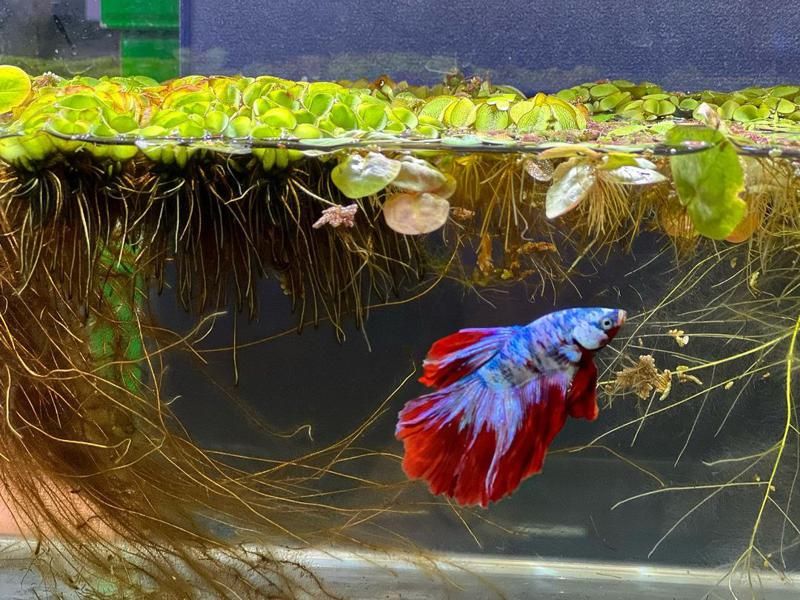
Wild bettas live under the cover of floating plants, experiencing gentle, filtered light. Too much bright light stresses them out, while too little prevents plants from growing and makes it hard to enjoy your fish’s colors.
LED lights with adjustable brightness or timers create the perfect balance. Aim for 8-10 hours of moderate lighting daily to mimic natural cycles without promoting excessive algae growth.
Floating plants like frogbit or water lettuce diffuse harsh light while giving your betta natural shade spots. You’ll notice your fish become more active during moderate lighting and often rest when lights are brighter. Following their cues helps you find the perfect lighting balance.
8. Thoughtful Tank Placement
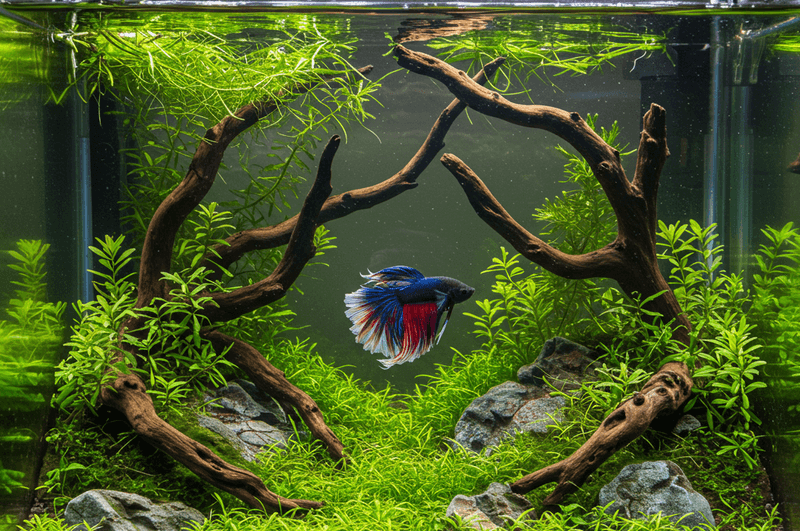
Location matters more than you might think! Keep your betta tank away from windows where direct sunlight causes temperature spikes and algae blooms. Avoid high-traffic areas that startle your fish with constant movement.
Kitchens seem convenient but cooking fumes and temperature fluctuations stress fish. Choose a stable surface away from speakers, doors that slam, or areas where children might tap the glass repeatedly.
Bettas recognize their owners and enjoy interaction, so place the tank where you spend time. A bedroom or home office works wonderfully – somewhere quiet but where you can appreciate your underwater friend. Good placement means less stress for your betta and more enjoyment for you.
9. Regular Maintenance Schedule
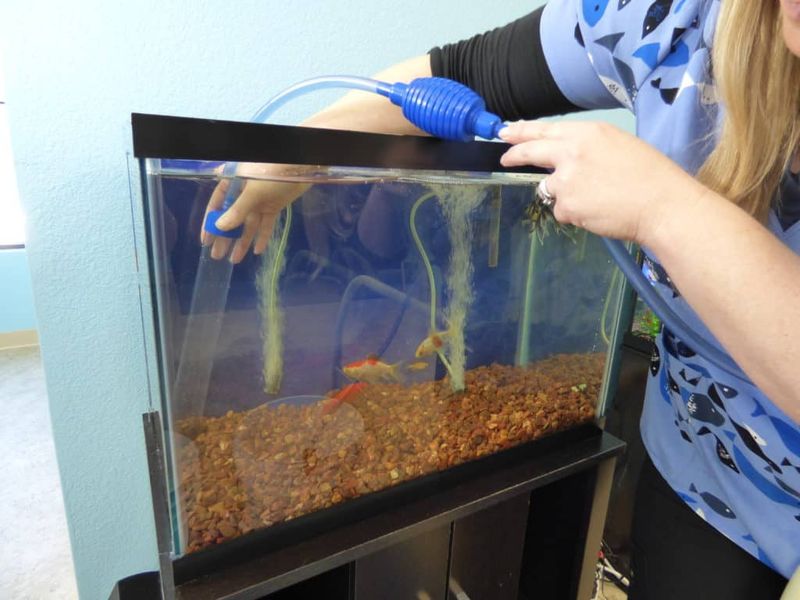
Consistent care prevents problems before they start. Small, weekly water changes of 25-30% keep conditions stable while removing waste buildup. Use a gravel vacuum to remove debris trapped in substrate.
Monthly filter maintenance preserves beneficial bacteria while clearing debris. Rinse sponges and media in old tank water, never tap water! Check water parameters weekly with test kits to catch issues early.
Keep a maintenance journal tracking water changes, parameter readings, and your betta’s behavior. Patterns emerge that help you understand your unique ecosystem. Fish keeping becomes much easier when you establish simple routines rather than performing major overhauls when problems arise.
10. Tankmates: Choose Wisely
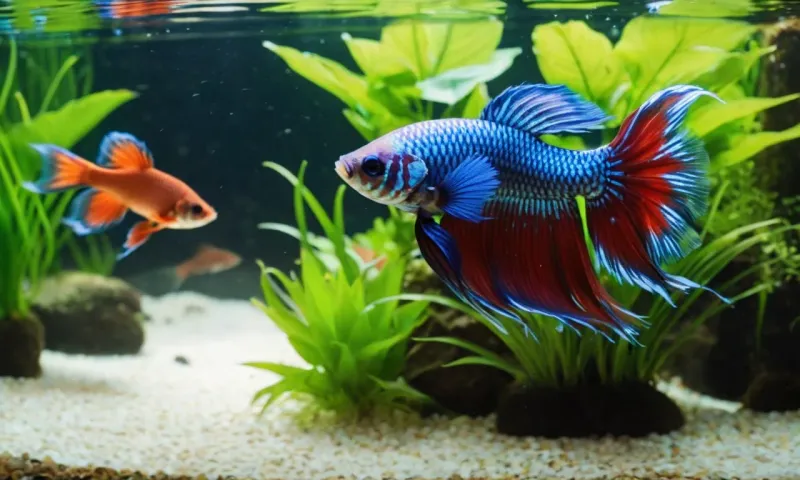
Despite their “fighting fish” nickname, many bettas can have peaceful tankmates in larger setups. Bottom-dwelling corydoras catfish mind their own business while helping clean up food scraps. Small, peaceful snails like nerites add interest while controlling algae.
Never add fish that nip fins or have flowing tails that bettas might mistake for rivals. Avoid hyperactive species that stress your betta with constant movement. Each betta has a unique personality – some enjoy company while others prefer solitude.
When adding tankmates, rearrange decorations slightly to disrupt territory boundaries and monitor closely for the first few days. Having a backup plan (like a spare tank) ensures you can separate incompatible roommates quickly if needed.






